
Tales of Zestiria is the 15th title in the main Tales timeline, and my sixth in the franchise. While the 2015 Japanese role-playing game follows many of the same tropes as others in the line, it differs in key areas of gameplay. The title also garnered a two-cours anime series, Tales of Zestiria the X, that loosely followed the same events (read my review here) as the original. Avoid the anime if you are at all interested in playing Tales of Zestiria, or even its prequel, Tales of Berseria. Enough of the same events are presented in Zestiria the X to spoil some of the more dramatic scenes in either game.
Available for the PS3 and PS4, my husband and I played through Steam Link with the multiplayer option Tales games usually include. This meant we were able to run the game on a computer linked to our television where we could play with PlayStation controllers like a typical console game. We were impressed with the immediate feedback through our PC for saving and loading.
I would suggest to anyone interested in Zestiria to purchase for either PC or PS4, since we noticed struggling graphics during some gameplay. This isn’t an issue most of the time, but when you’re tossing in a slew of special moves complete with fireworks, the game can start to stutter.
Story
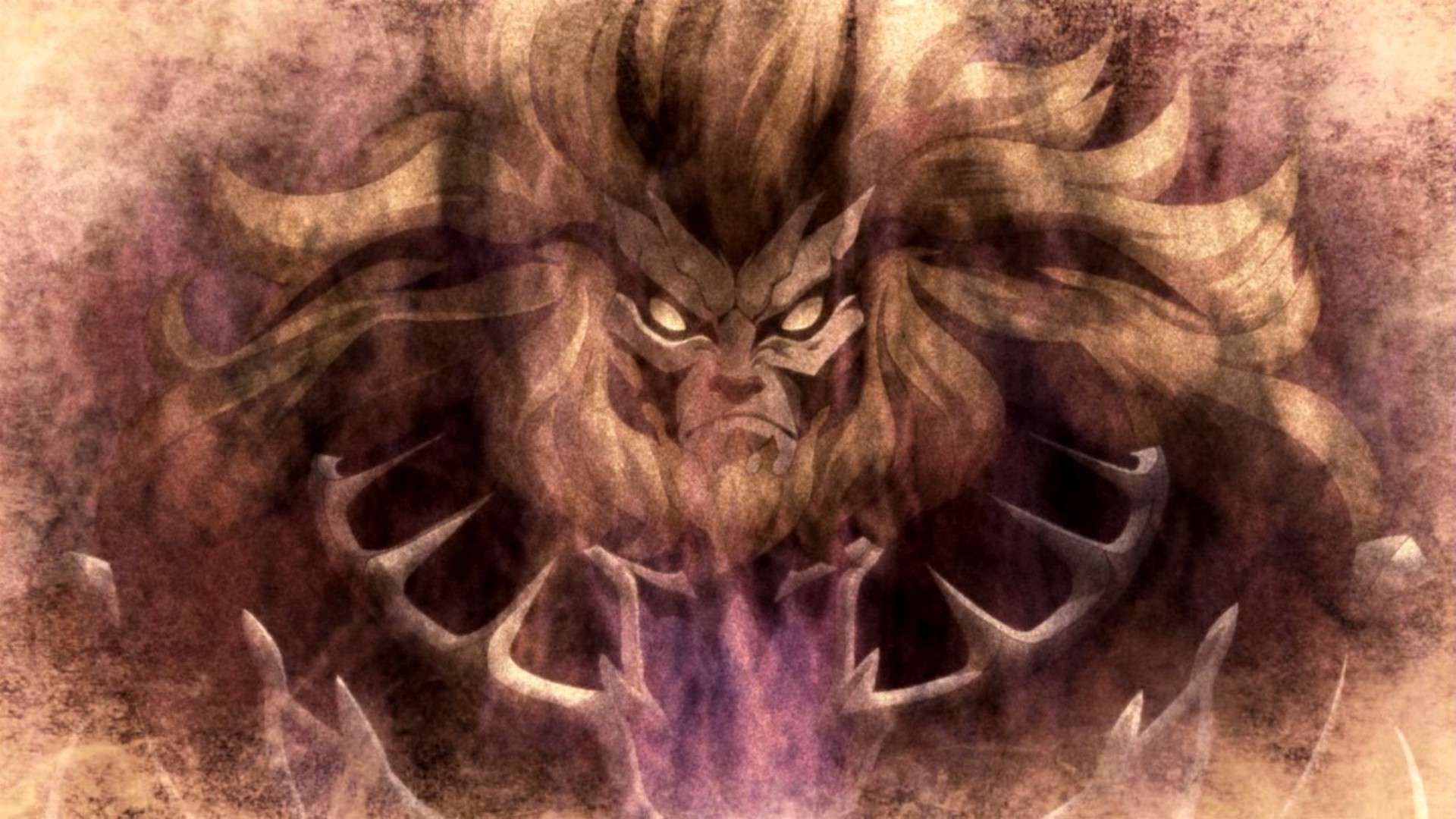
Once again, we’re here to save the world—known as Glenwood—this time from the malevolence that threatens to corrupt the soul and devour mankind. This darkness is imperceptible to most humans; they instead see malevolence as various forms of natural disasters, like a tornado, or a flood.
Also out of sight are the seraphim who live alongside humanity. Seraphs are akin to humans and animals, but with a symbiotic relationship to the land. Water seraphs can manipulate water; earth seraphs do the same with land. Unlike malevolence, seraphim once enjoyed a harmonious relationship with humans. Humans not only saw them, they also worked alongside them. At the time of this story, however, seraphs have mostly faded from people’s eyesight and memories. Humans are left with their own technology, and the mysterious darkness that threatens to wipe them out.

Legend tells of the Shepherd, a human with the ability to not only see seraphim, but to also harness their powers against malevolence. This is where our main character steps in. Sorey was an orphan taken in by a village of seraphs and raised as one of their own. His strong affinity with them and a chance encounter with the human princess of Hyland sets the stage for his taking on the role and responsibilities of the Shepherd.
Characters
Sorey is one of my favorites of Tales’ protagonists for his intelligence, personality, and appearance. We see from the very beginning his insatiable curiosity of the world around him—not just Glenwood’s present, but also its origin and distant past. Along with Mikleo, the water seraph with whom he was raised, they read ancient texts and explore ruins. They’re like a couple of Indiana Jones-style explorers, including both the rugged and scholarly sides of him.
Our main character also impresses everyone he meets with his honesty and conviction. When he speaks, he looks straight into your eyes. There’s no doubting the truth of his words. Like the seraphs he accompanies, Sorey has the uncanny ability to look into the human heart and see a person for who he or she truly is.

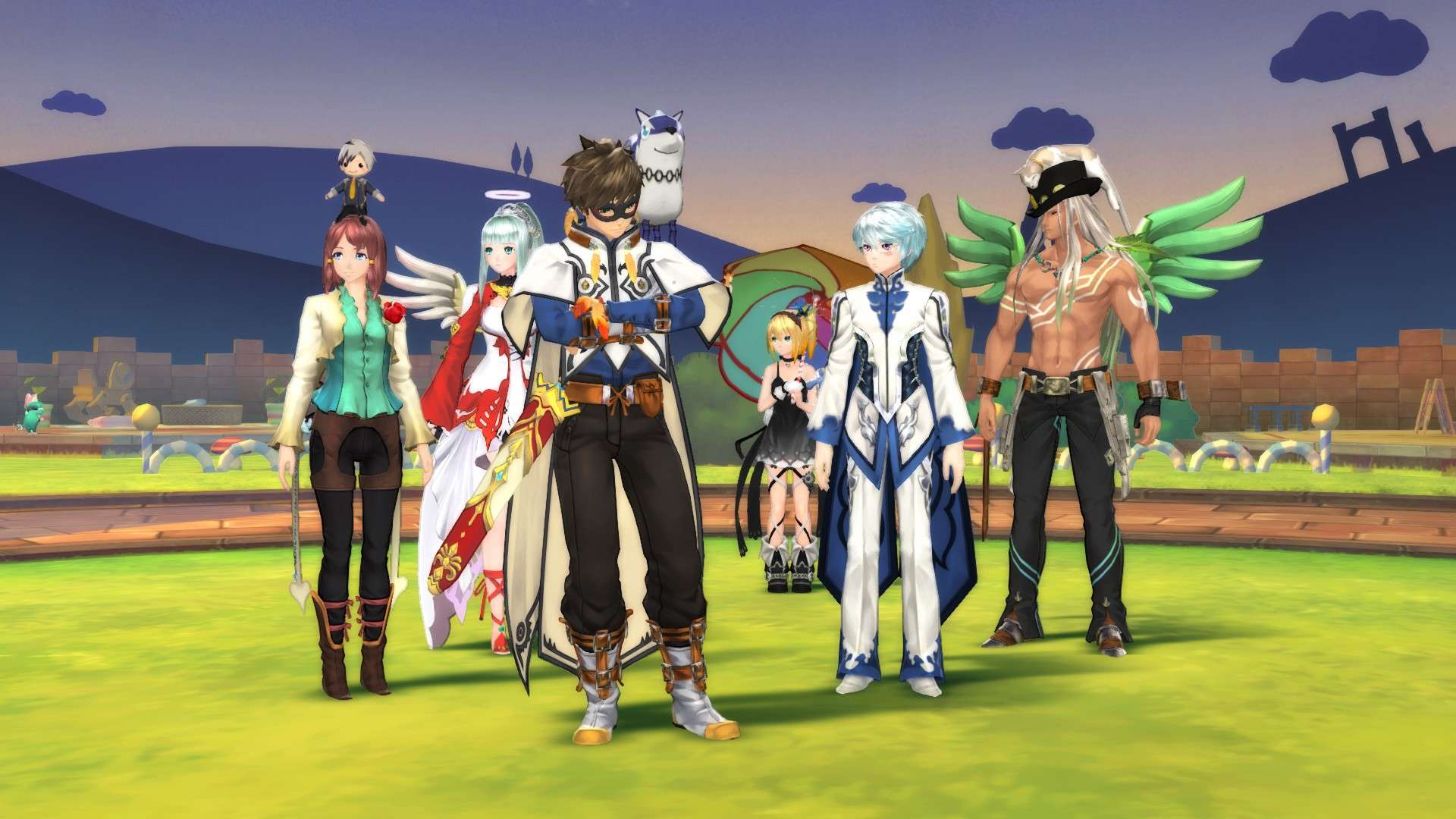
The party eventually brings together up to six other side characters: four seraphs and two humans. Each one of them has a unique and memorable personality that I can’t help but love. I usually enjoy the characters in Tales games, but Zestiria presents one of the most likable cast lists to date. While most of the seraphs are admittedly flat in nature, they do reveal some of the unpredictability of their elements. The wind seraphs, Dezel and Zaveid, are particularly mutable.
With malevolence as the initial villain of this game, the nature of the “bad guy” immediately takes on a more nuanced nature. Instead of one point of evil, emotions like jealousy and anger turn into malevolence and, when out of control, transform into hellions—demon-like beasts. And it’s not only humans who are victims to their darker feelings; seraphim can also become tainted. When our party encounters hellions as quests, we often learn the backstory to their transformation. Their path to malevolence might have been fueled by the loss of a loved one, or by unjust treatment.
We eventually do get a major antagonist as an end goal to the journey. The Lord of Calamity is a being of such overwhelming malevolence, other hellions can be enslaved to his will. His minions pepper the land and incite unrest and violence, giving rise to more malevolence. Yet again, his story was pitiable even though most of his torment was self-inflicted. Even when you know his circumstances, there’s no denying the relatable emotions that led his decisions.
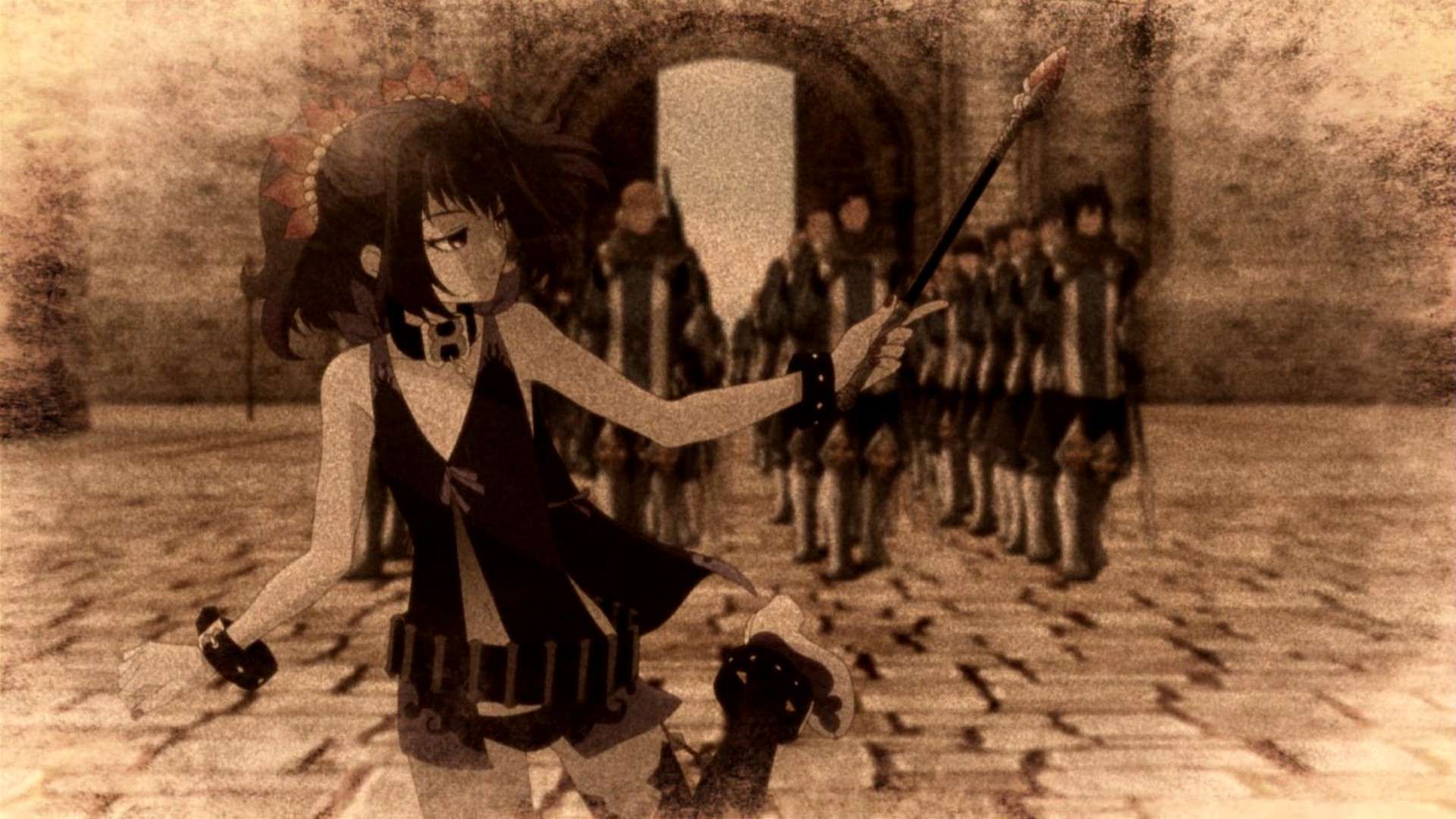
There are a couple of characters I found slightly out of place, namely additional antagonists with smaller roles. One of them is a hellion who maintains an attachment to a human mercenary group, while the other is a seraph with an odd allegiance to the Lord of Calamity. Despite the acts of malevolence she encourages, the seraph remains untainted due to her pure devotion to her cause.
Gameplay
Despite all my praise for the story and the characters, I have several issues with the actual gameplay in Zestiria. While much of it is new and exciting, other areas suffer from poor design, particularly where multiplayer mode is involved. If I were to play this as a single player, I might not have had as many complaints.


Most Tales games include the unique feature of multiplayer combat, something I wish more RPGs would implement. In games like Symphonia or Vesperia, Player 2 controls one of the other characters. Like Player 1, they can go full manual, or semi-auto with the commands. This usually goes smoothly, unless a cut-scene scrambles the party order and Player 2 finds themselves playing a totally different character than the one they had customized for previous battles.
Zestiria’s combat goes a different route due to the seraphs and Armatization. Since the seraphs are not only party members, but also available for the Shepherd to essentially equip, this means if Player 2 is controlling a seraph that Player 1 chooses to armatize, Player 2 loses all control in that battle. This isn’t a problem once another human joins the party and Player 2 can opt to always play that character, but there are several points where Sorey is alone with the seraphs and Player 1 either avoids armatizing Player 2’s seraph, or robs them of their chance to play.


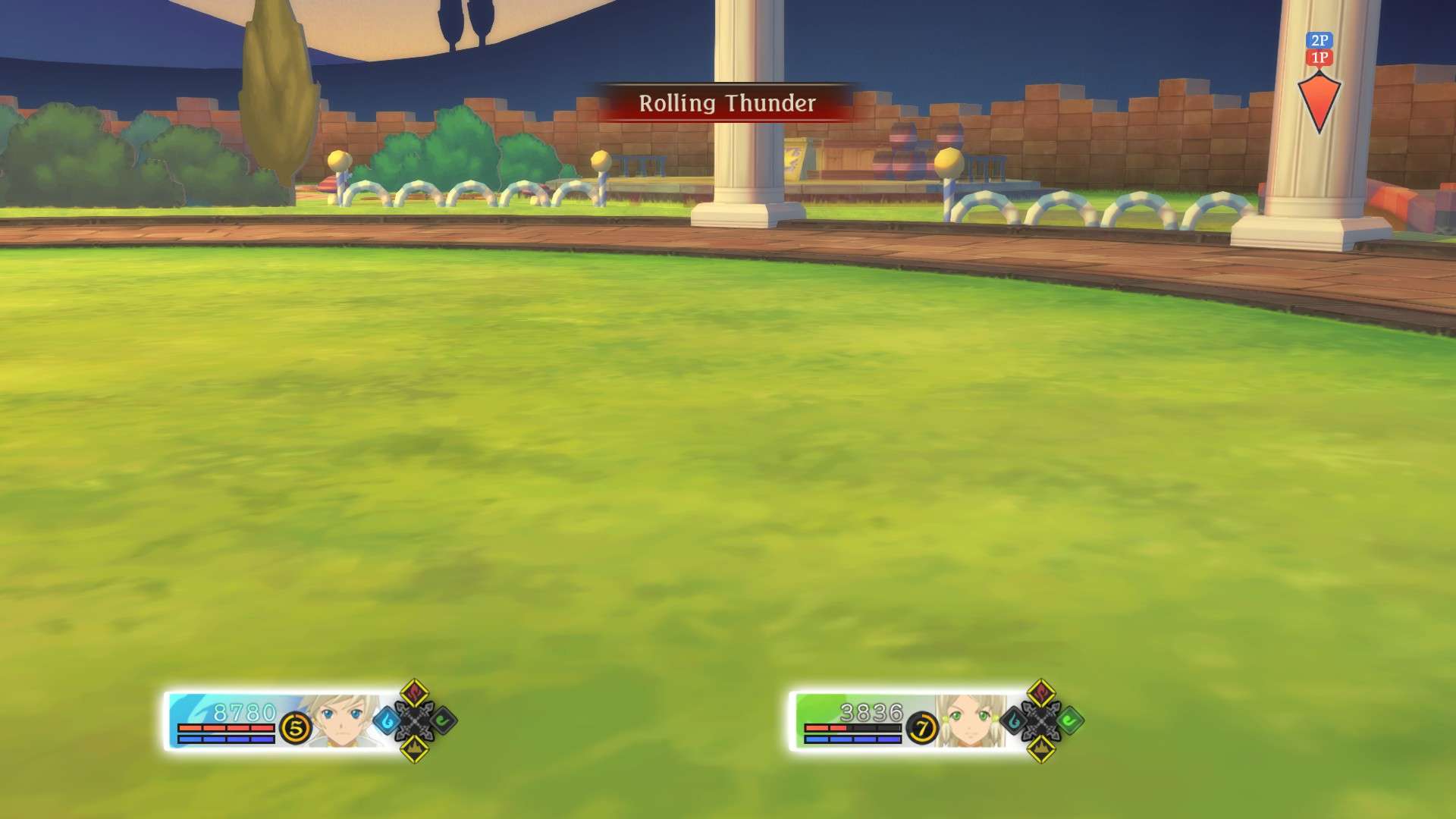
Then there’s the issue with the battle camera, which, quite frankly, sucks. The camera becomes a noticeable problem in cramped spaces like hallways, doorways, and small rooms, and even in wide open spaces where players might back into buildings or rock formations. These situations either knock the view into the obstacle, or make it impossible for Player 2 to see what they’re doing unless they are targeting the same enemy as Player 1. You do have some control over the distance of the camera to the battle, but cramped areas make it nearly impossible to do so.
As usual, gameplay difficulty can be managed in Settings. We try to stick with Moderate, which works for the most part. There are some boss battles, however, that suddenly ramp up the difficulty beyond what seems reasonable for the chosen setting. It feels like cheating, but at those times, we did have to knock the difficulty down to Normal, or even Easy.
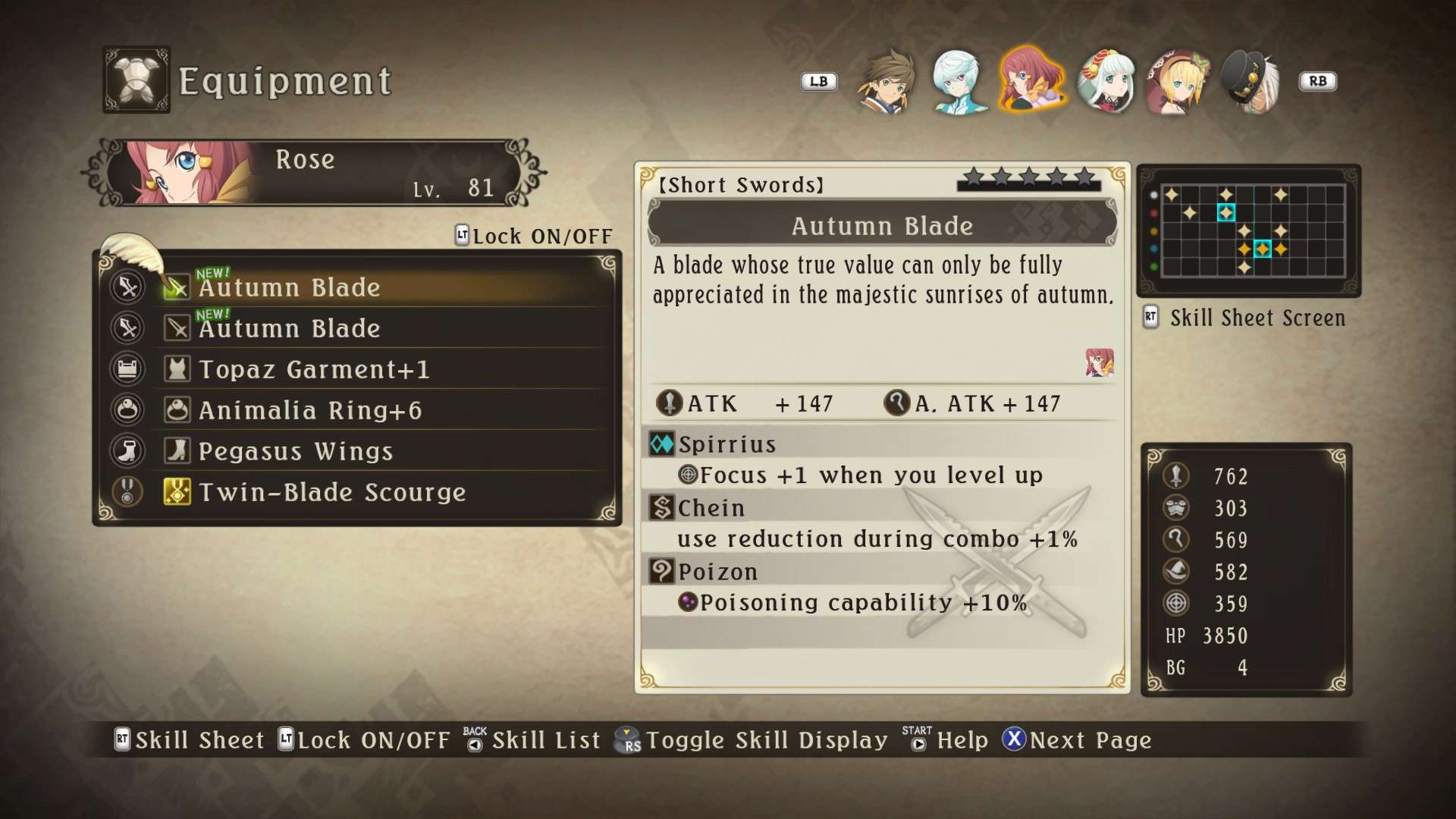

Another area of annoyance was equipment, which linked to stats in a way that required far too much time on customization. Trying to merely understand how everything worked was a chore in itself; the act of upgrading gear with any semblance of finesse might take up more time than the actual story. We got to a point where we just didn’t care anymore about trying to preserve certain stats. I simply focused on unlocking skills and stacking them whenever possible. With the amount of duplicate weapons and armor you get in the game and the encouragement to combine and upgrade, you’ll almost never need to buy new equipment.
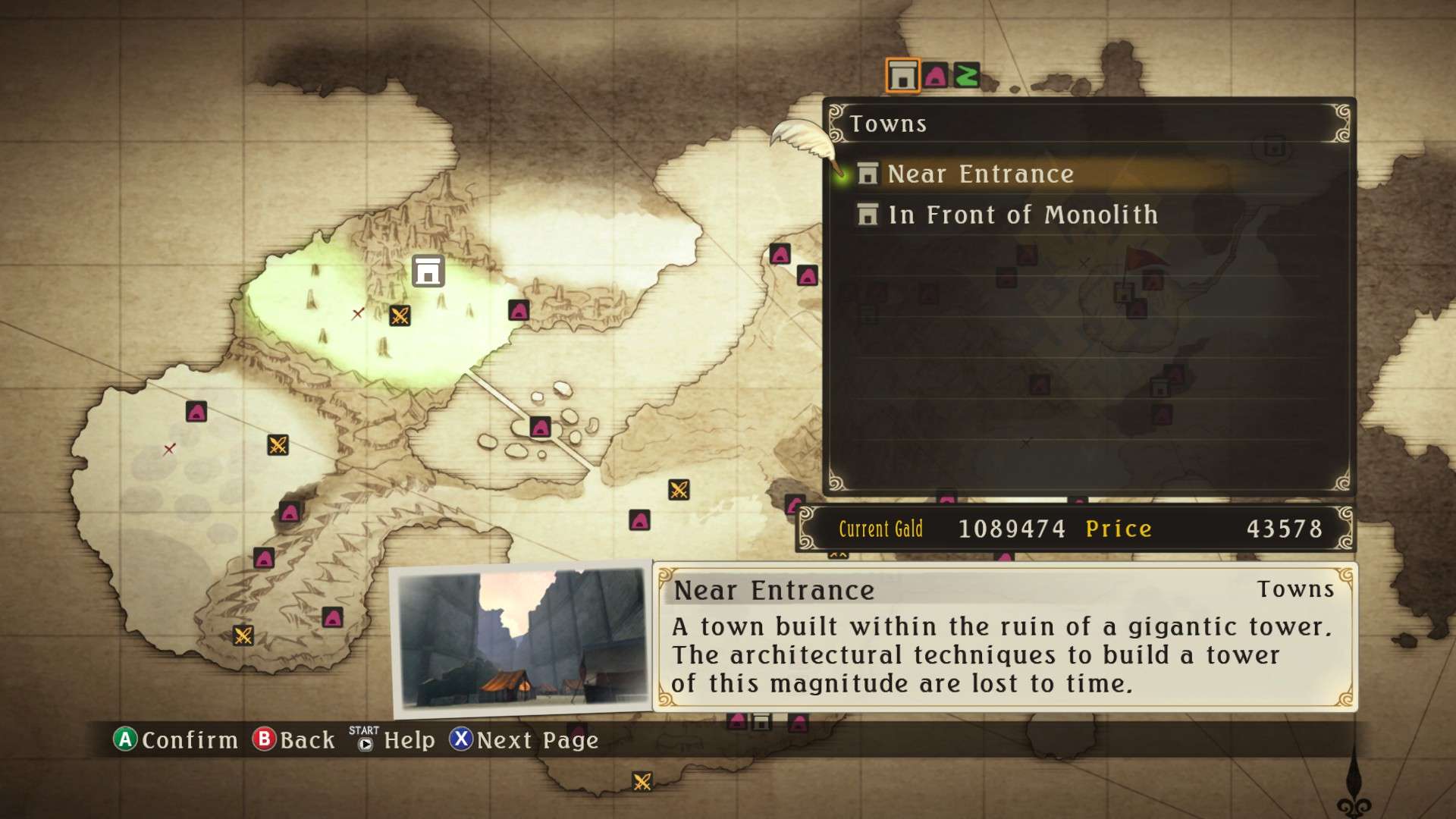
And, finally, we have map travel. Most of the other titles allow for fast travel at some point in the game, free of charge. For Vesperia, it was a flying dragon with a ship hanging from his body. In Graces, it was a spaceship. In Zestiria, it’s the save points and a large sum of money. At the beginning of the game, the cost is enough to deter you from fast travel. Later on, the price isn’t much of an issue. What is an issue is when you are blocked from traveling to different areas. Cities, fields, and dungeons will be grayed out and you’ll be forced to hike the ridiculously large map, often through multiple fields with very little treasure to warrant exploration. The combination of a costly and often unavailable travel system with inexplicably large maps makes for a huge time sink.
Final Thoughts
As a standalone, single-player RPG, Tales of Zestiria is a fun game with solid storytelling and character development, as well as an exciting battle system that keeps you engaged from enemy to enemy. These details are enough for me to recommend Zestiria to fans of the genre. If you typically play these games because of the multiplayer option, then you may struggle as much as we did with finding a balance that works for you. I also encourage players to not waste too much time on the equipment, since gameplay isn’t affected too much by minimal customization.


I thought Tales of Zestiria worth playing because of my own interest in the story’s world and characters. I also wanted to fill in the gaps left by the anime, which I watched first. If you plan on playing Tales of Berseria, then Zestiria will provide some appreciated depth to your experience.
You may fall in love with Sorey, Mikleo, Rose, and everyone else, just like I did. You may even find yourself confronting your own malevolence and considering what you can do to turn it into something empowering for both yourself and others.
Rating: 2 dango
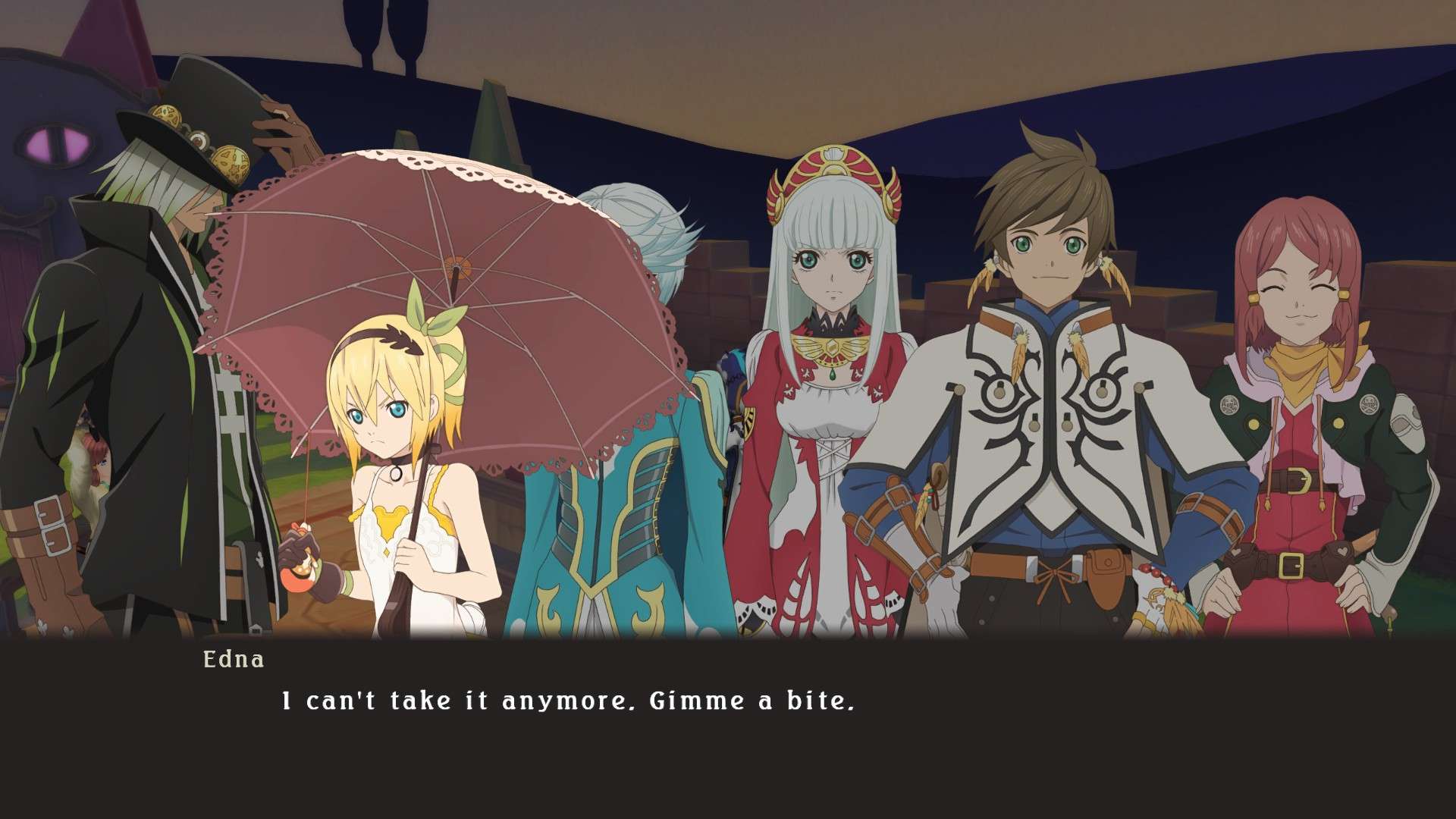
*Rating system:
- 0 dango – average and forgettable.
- 1 dango – very good in its category.
- 2 dango – excellent game that is worth a try.
- 3 dango – exceptional game one must play.

Zestiria is fun for me too but I definitely agree with the equipment. Trying to understand how everything works is a pain and I just wing it — seems fine anyway, though I’m playing on the easier difficulties, lol. I don’t care about multiplayer features nowadays but yeah, Zestiria’s Armatization system does seem like it would make multiplayer a bit awkward. Berseria should be fine in that regard though.
LikeLiked by 1 person
Yes, no matter how much I tweaked with my equipment, it never seemed to matter all that much in actual combat, which seems a shame since you know the intended for the customization to matter.
I just started Berseria, only this time I’m playing Player 2 and my husband is Player 1. The camera is much improved, and we don’t have to worry about any of the Armatization issues.
LikeLike
As someone who has completed Berseria, I tell you right now. The main character Velvet is just a character that you want to hug. Zesty is a hit and miss. I found the battle system a bit dated. And I whole heartedly agree with the camera issues. The gear is another problem too. It’s too vague, unlike Berseria where it doesn’t suffer the same problem. It uses vesperia system. Kind of funny how vesperia and berseria kind of sound similar to each other. The world in zesty felt a little barren. Sure it had mobs in there, however they were so spaced out, maybe too much. Good post, I really need to continue on with my own game posts xDD.
LikeLiked by 1 person
We’re maybe a third of the way through Berseria–Eleanor recently joined the party–and I’ve already repeatedly wanted to hug Velvet. She’s a great character. I’m also relieved the camera issues were resolved and the equipment a lot simpler to manage.
It’s been amazing seeing the connections between the two games since they share the same world. I’ve had several moments of epiphany at a specific temple or field where I realized I had been there before, only it looked completely different. The same goes for some of the malak we stumble across, like Eizen, Zaveid, and that cat malak.
You should definitely continue with game posts! I’m always on the prowl for a good JRPG, particularly multiplayer, so I appreciate it when people take the time to write about them.
LikeLiked by 1 person
[…] Note 3: I played on single player. For another review of the Steam version on multiplayer check out Marina’s from AnimeBnB HERE. […]
LikeLike
Zestiria features one of my favorite heroes and heroines in the franchise.
The gameplay is enjoyable, interesting yet flawed.
Despite the game having some parts it did better than the anime, I feel that overall the anime told the story better. Alisha X Rose FTW on both!
Lastly Tiamat…just Tiamat.
LikeLiked by 1 person
The characters, good and “bad,” are soooo good in Zestiria. And I agree with you that the anime fixed some of the issues with the game’s story, particularly in regards to Alisha. I haven’t played the DLC content though, so perhaps I’ll look into that after Berseria.
LikeLiked by 1 person
Yes. I too need to finish Berseria and work on the review.
LikeLiked by 1 person
The game looks better than the anime.
LikeLike
I did just recently re-watch the anime with my husband since he loved the game and we both agree that there are some story and character elements they improve in the anime version, particularly for Alicia and the location of the final battle. I did fall in love with the characters primarily through the game thanks to all the side stories and skits, though.
LikeLiked by 1 person
Glad to heard that.
LikeLike